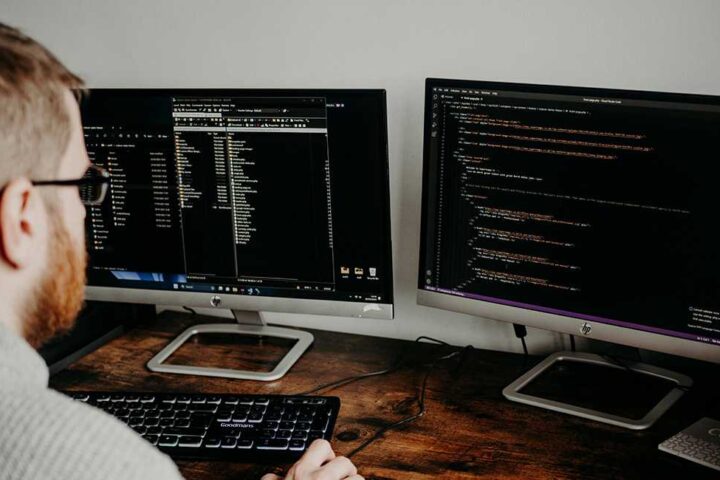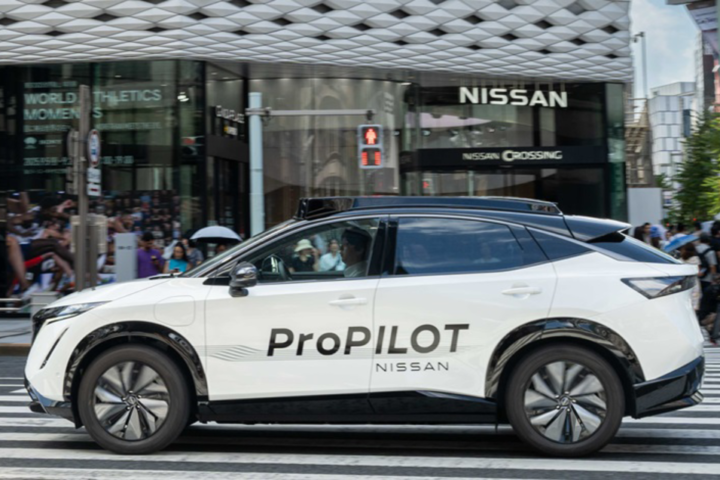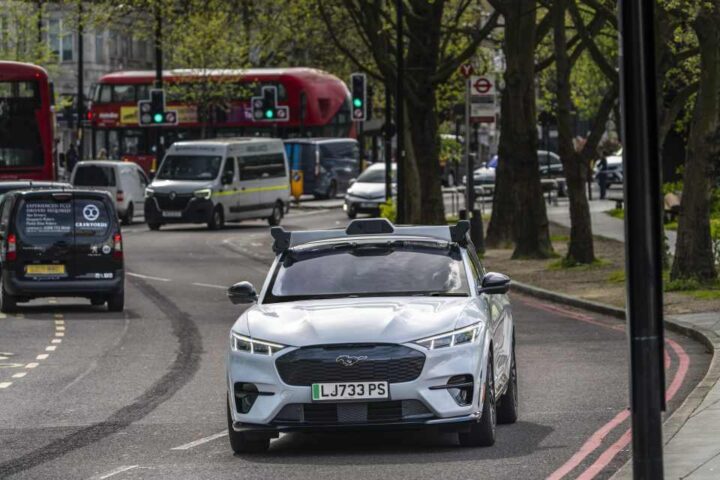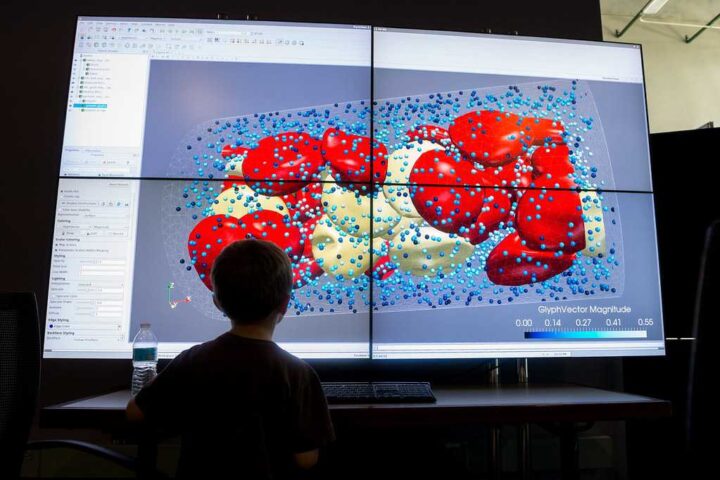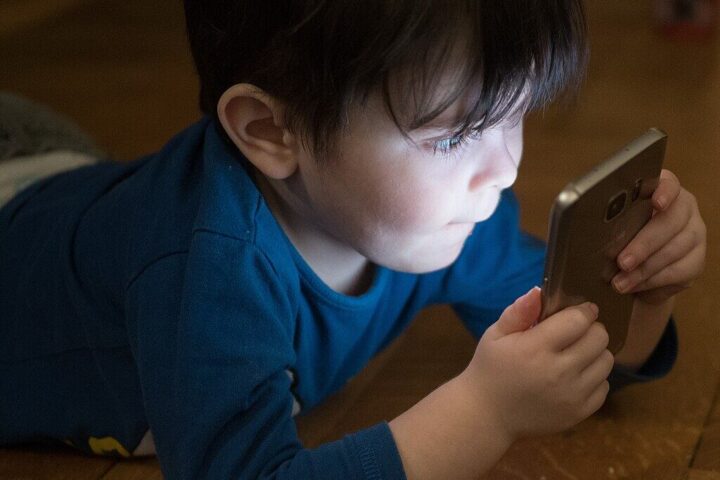A study by the Center for Economic and Policy Research (CEPR) reveals a surprising trend: instead of lightening workloads as predicted, artificial intelligence is actually extending working hours for many employees.
The research challenges the long-held belief that technological progress would reduce work burdens. As the CEPR report notes, “For much of modern history, technological progress has been expected to lighten the burden of work.” Even economist John Keynes predicted in 1930 that by 2030, rising productivity would allow people to work just 15 hours weekly.
Working More Hours, Not Fewer
According to the CEPR study, which analyzed nearly two decades of time-use data from the American Time Use Survey, workers in AI-intensive occupations increased their weekly work hours compared to those in less exposed jobs. Moving from the 25th to 75th percentile in AI exposure corresponded to an additional 2.2 hours of work per week.
The effect became more pronounced after the introduction of ChatGPT. Occupations highly exposed to generative AI saw their workweek increase by approximately 3.15 hours compared to less exposed jobs. This change came with a notable decline in leisure time, particularly affecting non-screen activities like entertainment and socializing.
AI Exposure Varies By Occupation
The impact of AI varies significantly across job sectors. Computer and information system managers, bioinformatics technicians, and management analysts experience AI that enhances their productivity rather than replacing them. In contrast, data entry workers, bank tellers, and office machine operators face higher risks of job displacement with little productivity enhancement.
Some roles remain largely untouched by AI advancements – dancers and barbers sit at the bottom of the AI exposure spectrum.
Why Are We Working More?
The CEPR identified two key mechanisms driving longer hours:
- Increased productivity creates incentives for longer work: When AI makes each hour of work more valuable, both employers and employees have reasons to extend working time. Employers expect more output, while workers often respond to productivity-linked pay by working longer.
- AI-driven performance monitoring: Digital surveillance tools have expanded, especially in remote work environments. Jobs with high exposure to AI surveillance technologies – such as customer service representatives, stockers, dispatchers, and truck drivers – experienced longer work hours even after returning to office settings.
Similar Posts:
The Perception Gap
A perception gap exists between leadership and employees regarding AI adoption. According to McKinsey research cited in a Forbes article, while 47% of employees believe they’ll use AI for 30% of their daily tasks within a year, only 20% of leaders share that expectation.
Currently, only 4% of employees use AI to conduct 30% of their work, despite nearly all companies investing in the technology.
Employee Stress and Training Needs
The transition to AI is causing workplace stress. A Wiley survey found that 96% of employees are experiencing some stress about workplace changes, with more than half reporting at least moderate anxiety about AI adoption.
Training remains a critical gap. McKinsey reports that 48% of employees want more formal training, yet over a fifth receive little to no guidance on AI tools. Only 29% of organisations fully support (as perceived by the employees) the employees to incorporate AI in their work, creating a knowledge vacuum.
Who Benefits from AI Productivity?
The CEPR research raises a fundamental question: who actually benefits from AI-driven productivity gains? While AI-exposed workers may see wage increases, these gains don’t necessarily translate to improved wellbeing.
Employee satisfaction data from Glassdoor shows that higher AI exposure correlates with lower job satisfaction and poorer work-life balance ratings. Many of AI’s productivity benefits appear to flow to companies and consumers rather than workers.
Labor and product market competition shapes these dynamics. AI’s impact on work hours is amplified in competitive labor markets where workers have less bargaining power, and in competitive product markets where firms pass productivity gains to consumers through lower prices rather than sharing them with workers through reduced workloads.
As the workplace continues its AI transformation, these findings suggest that without deliberate policy interventions, AI might fulfill its promise of increased productivity while failing to deliver on the long-promised reduction in working hours.
Frequently Asked Questions
Yes, according to recent research from the Center for Economic and Policy Research (CEPR). Despite predictions that technological advancements would reduce work burdens, their study found that workers in AI-intensive occupations are actually working 2.2-3.15 more hours per week compared to those in less AI-exposed jobs. This contradicts the historical expectation that technological progress would lead to shorter workweeks.
AI’s impact varies significantly by occupation. Some roles like computer and information system managers, bioinformatics technicians, and management analysts experience AI as productivity enhancers. In contrast, data entry workers, bank tellers, and office machine operators face higher risks of job displacement. Some professions, such as dancers and barbers, remain largely untouched by AI advancements, sitting at the bottom of the AI exposure spectrum.
The CEPR research identified two main mechanisms driving longer hours with AI implementation. First, when AI increases productivity, it makes each hour of work more valuable, creating incentives for both employers and employees to extend working time. Second, AI has enabled expanded digital surveillance tools, particularly in remote work environments, which has been associated with longer hours even after workers return to office settings.
There appears to be a significant training gap. According to McKinsey research referenced in the article, 48% of employees want more formal training on AI tools, yet over a fifth receive little to no guidance. Only 29% of organizations are perceived by employees as fully supporting AI incorporation in their work, creating a knowledge vacuum that likely contributes to workplace stress and inefficiencies.
Yes, the transition to AI is causing significant workplace stress. A Wiley survey found that 96% of employees are experiencing some stress about workplace changes related to AI, with more than half reporting at least moderate anxiety about AI adoption. This stress is likely compounded by the lack of adequate training and clear guidance on how to effectively incorporate AI tools into daily work processes.
While AI-exposed workers may see wage increases, these don’t necessarily translate to improved wellbeing. The CEPR research suggests that many of AI’s productivity benefits flow primarily to companies and consumers rather than workers. Evidence from Glassdoor shows higher AI exposure correlates with lower job satisfaction and poorer work-life balance. Labor market conditions and worker bargaining power significantly influence how productivity gains are distributed among stakeholders.









